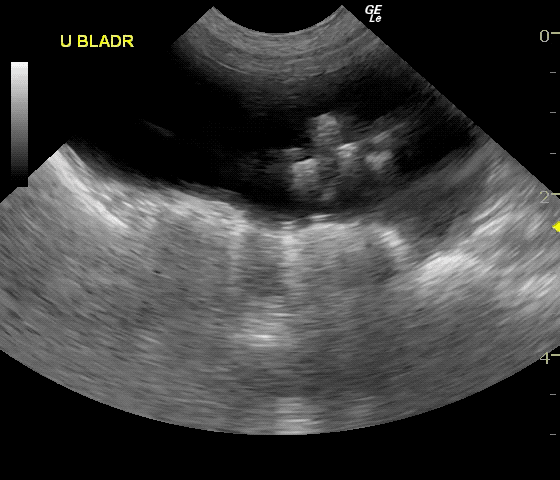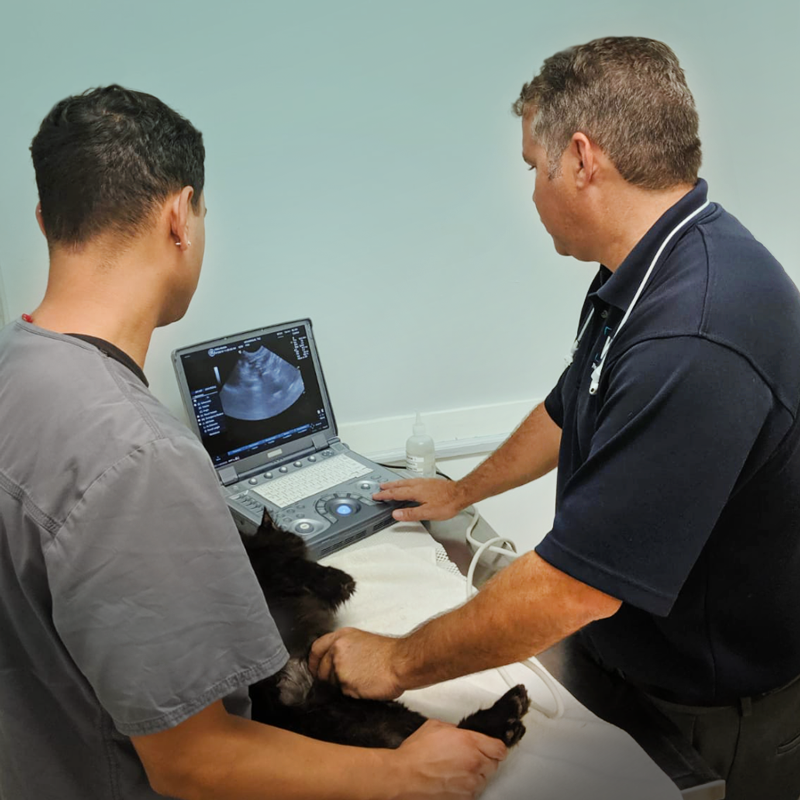
Ultrasounds are soundwaves that create a moving image on a monitor. You've seen an ultrasound if you’ve ever seen a doctor use gel & a wand to check on a baby during pregnancy. We use the same machine for pets.
Even if you think your pet doesn't move much, their abdominal muscles need to be relaxed so we can get the absolute clearest image. They cannot be fidgeting or rolling over, so they need a small sedative. The sedative lasts just long enough for us to do the procedure and dissipates in about 15 minutes.
A fine needle aspirate is a procedure to obtain a sample of tissues/organs (liver, kidneys, etc). In many cases, an FNA can eliminate the need for a BIOPSY— which would involve cutting skin/surgery. As the name implies, a very fine needle is used. It’s smaller than needles used for drawing blood in humans. Discomfort is minimal.
If your pet has diabetes or chronically low blood sugar, this does not apply. Fasting ensures that food inside the stomach does not obstruct the view as we look at nearby organs (such as the pancreas, gallbladder, etc).
Fur / hair Interferes with the sound waves, so the vet will shave the area to ensure a clear ultrasound image.
Your vet will also get a full report by our board-certified internist — within 24 hours
